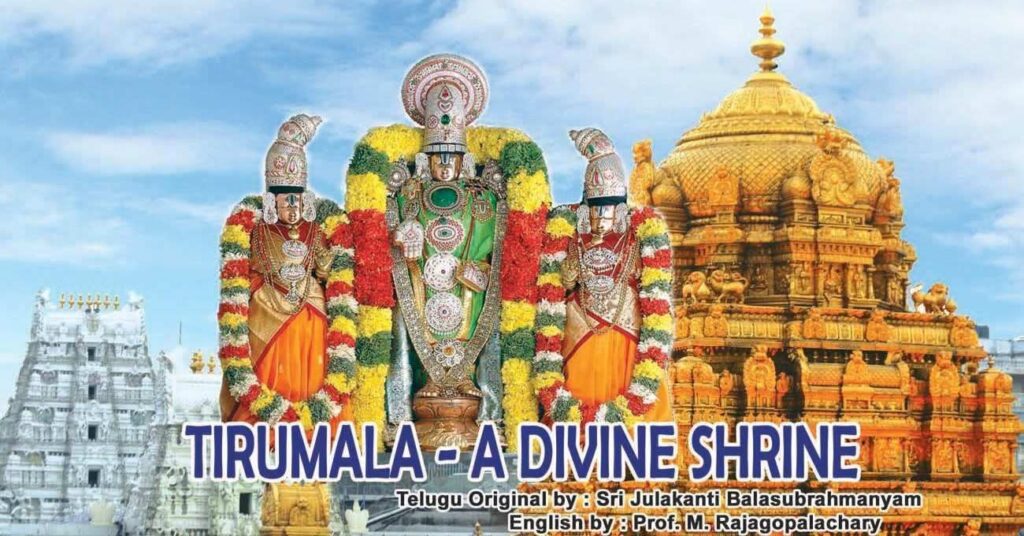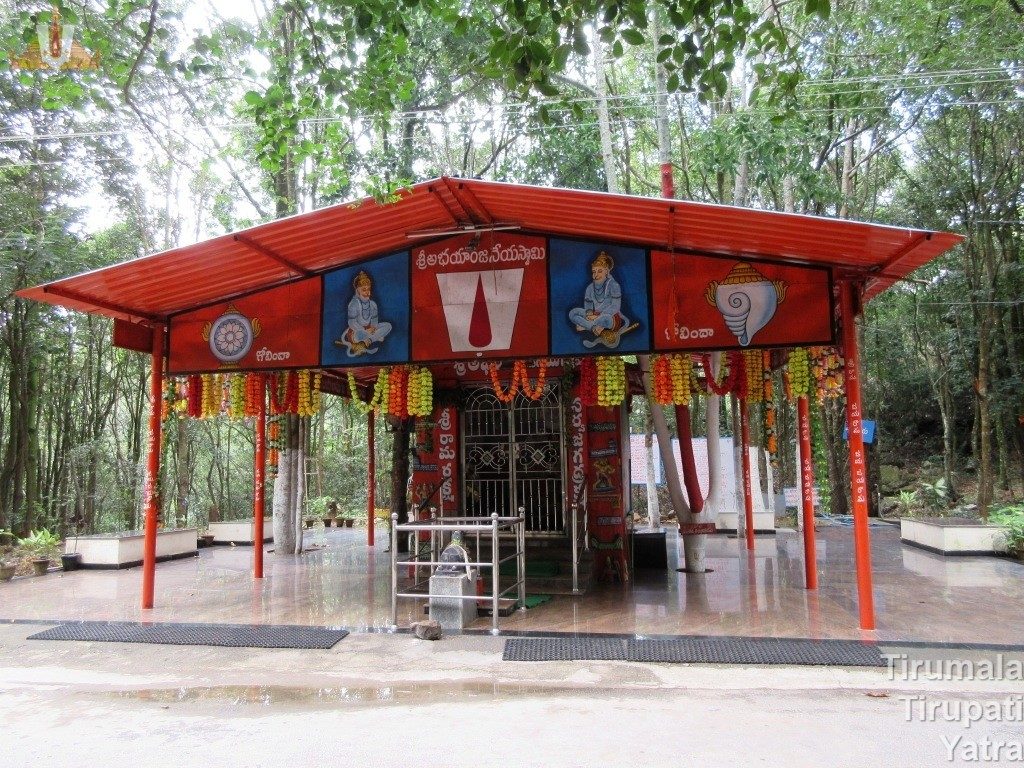AdiVaraha Kshetram It is essential to know the names of the Seven Hills – Seshadri, Neeladri, Garudadri, Anjanadri, Vrushabadri, Narayanadri, and Venkatadri – that is the abode of Lord Venkateswara, the famous Kaliyuga Avatara of Sri Mahavishnu, who descended from the Vaikunta to protect his devotees. He is the world-famous and richest god and is Read More
Tag: Anjanadri
As Anjana Devi, the mother of Anjaneya, did penance on these hills to obtain him as her son this mountain is called Anjanadri. The word Vrusha means Dharma. As this is Dharma’s abode, this region is known as Vrushadri or Dharmagiri.
The Grandeur of Tirumala Hills
Tirumala Hills Tirumala Hills are popularly known as the abode of Lord Sri Venkateswara. These hills are known as Kaliyuga Vaikuntha bestowing and showering the divine grace of Lord Srinivasa upon the devotees uninterruptedly. The Geographical, Pauranic and Divine significance of these hills earn a perpetually grand place among all the mountains and mountain ranges Read More
Holy Waterfalls (Theertham) to be visited in Tirumala
Theerthams (Holy Waterfalls) in Tirumala Tirumala shrine is a source of many holy waterfalls (Theertham/ Teertham). These are the sacred places where many sages undertook penance and had a glimpse of the Lord directly. They remove all sorts of sins. Let us try to know about them in brief. Let us visit them, absolve ourselves Read More
Glory of Seven Hills
Let us know the importance and glory of Seven Hills. Five Forms As per our scriptures, Lord Sriman Narayana is worshipped in five forms. PARARUPA The form of the Lord with His Divine Consorts in Sri Vaikuntam, being worshipped by the residents there, namely Nityas (Permanent residents) and Muktas (The Liberated Souls); VYUHA The form Read More
Anjaneya- Hanuman – Tirumala
Anjaneya / Hanuman A simple recollection of the name itself brings about a great joy propelled by Bhakti. A mere reflection of the imposing mountain range adds fervor to Prapatti. This one word is enough to create a ripple effect of utmost dedication. What makes the word so powerful and impactful? One reason is the Read More



